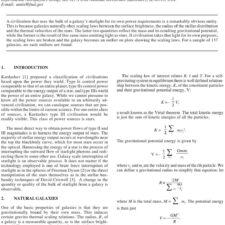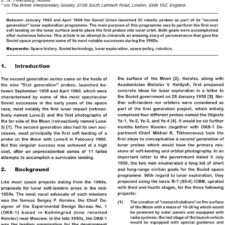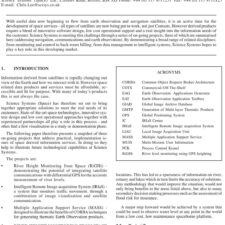A Science-Driven Mission Concept to an Exoplanet
£5.00
S. Weinstein-Weiss et al. (2018), JBIS, 71, pp.140-150
Refcode: 2018.71.140
Keywords: Interstellar, Exoplanet, Science, Mission, Spacecraft
Abstract:
A concept for a science-driven robotic mission to an exoplanet was developed based on key mission and science requirements designed to address the question: “What makes a flight mission to an exoplanet compelling, in terms of science return, compared to what will be learned in the next few decades with large near-Earth telescopes or other remote sensing techniques such as a telescope at the Solar Gravity Lens Focus?” By thinking systematically through mission and science goals as well as objectives, key requirements were developed that would drive technology developments in all necessary aspects, not just on propulsion. One of the key mission science objectives was to confirm and characterize life. The team concluded that a direct confirmation of life would require in situ observations and measurements that cannot be performed on a fast (0.1c) flyby; thus, the mission would require a method to slow down, orbit or send a probe to the exoplanet’s surface. This capability drives a trade between interstellar travel velocity, trip duration and propulsion architecture as well as a high level of onboard autonomy, including adaptive science data collection, on-board data processing and analysis. This paper describes the mission concept, the key requirements and open trades.





